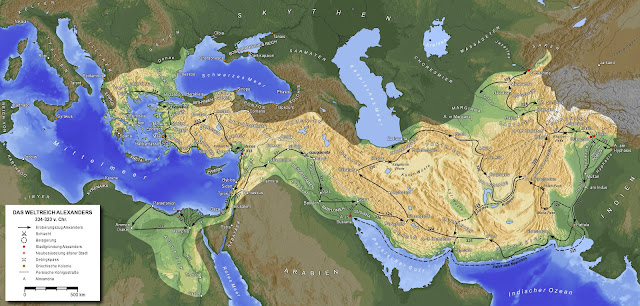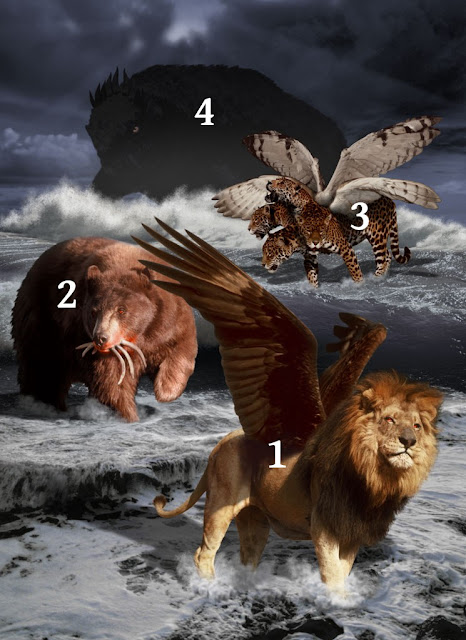Who will prove to be the little horn?

And from one of them sprang up another horn, a small one, and it grew very great towards the south and towards the east and towards the Decoration - Daniel 8:9 This article is a natural continuation of the previous two articles titled “Daniel: Beasts of the Past in the Time of the End” 1 and “Who Are the 7 Kings?” 2 . These articles have shown how the number of kings described in Nebuchadnezzar's dream statue are four and not five (and how this is in harmony with Daniel 7:17), how this requires us to consider Rome part or an evolution of the empire (i.e. the copper belly and thighs or the four-headed leopard) and how the fact that all of Daniel chapter seven takes place in the time of the end finally allows us to understand who the seven kings of Revelation chapter 17 are. In the article titled “Who is the little horn that became great?” 3 mentioned Russia as that fateful little horn because it was thought that, although Scripture clearly speaks of the end-time, only
